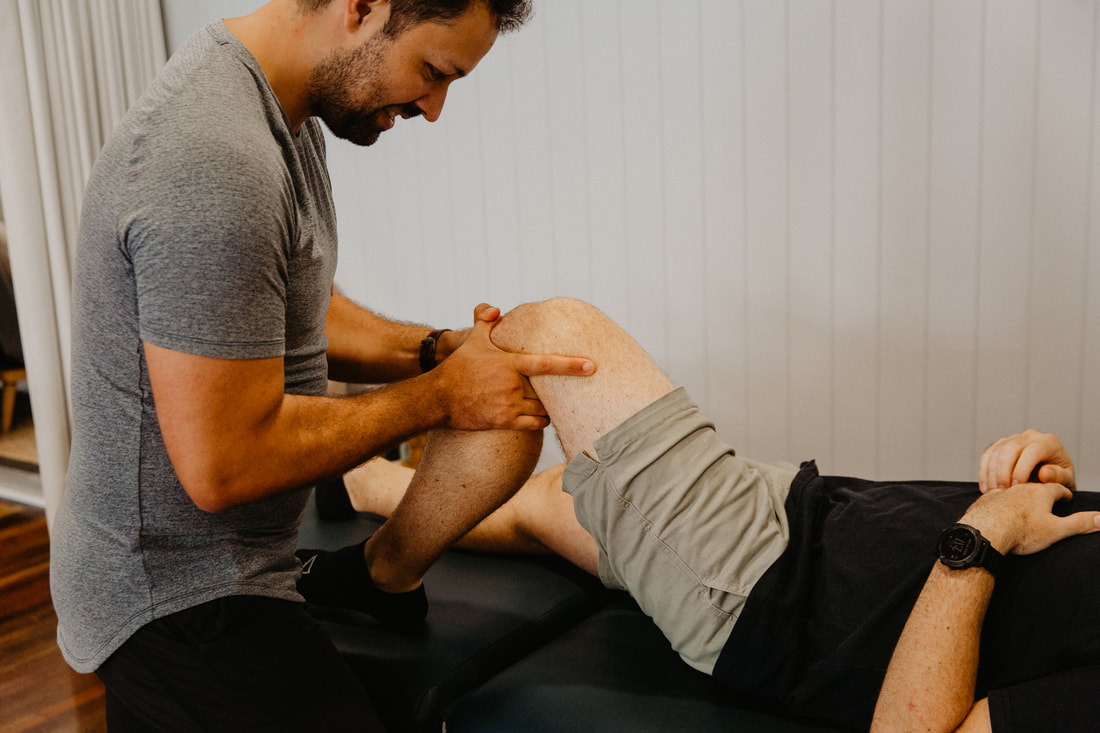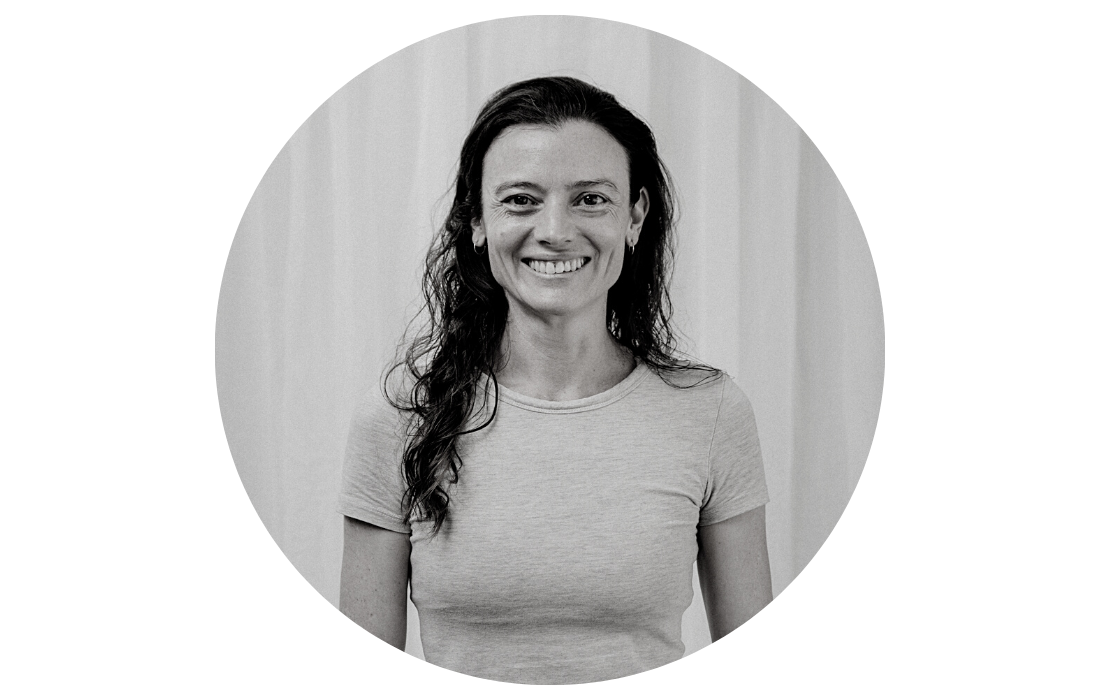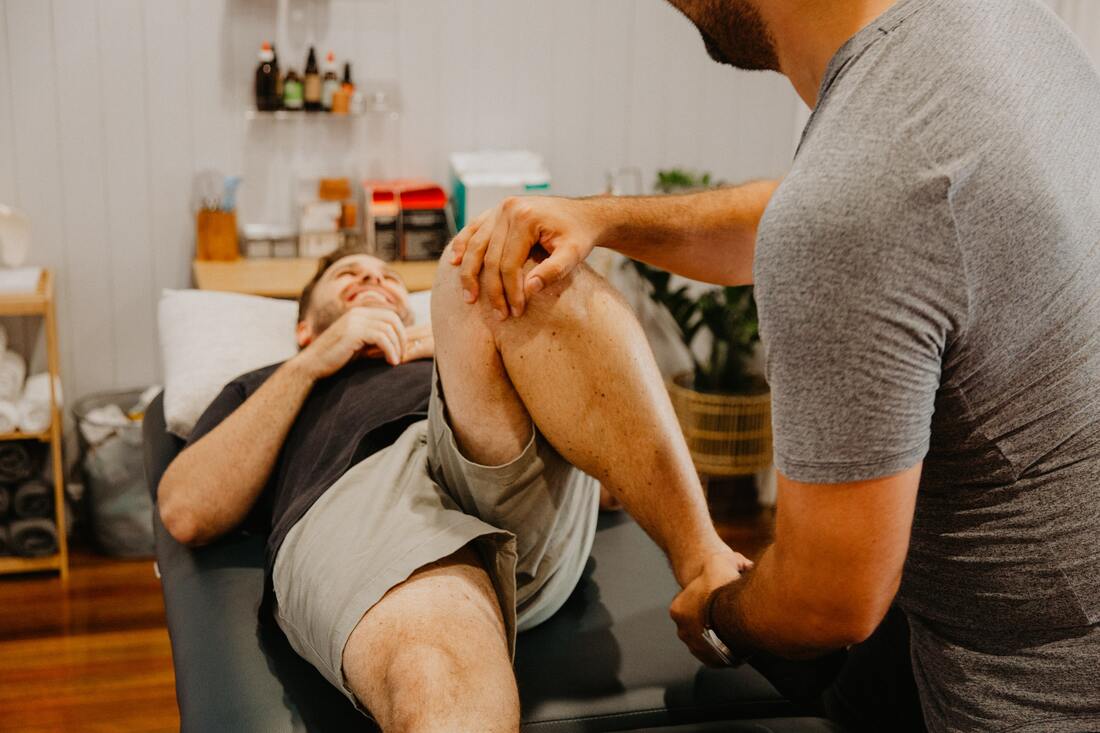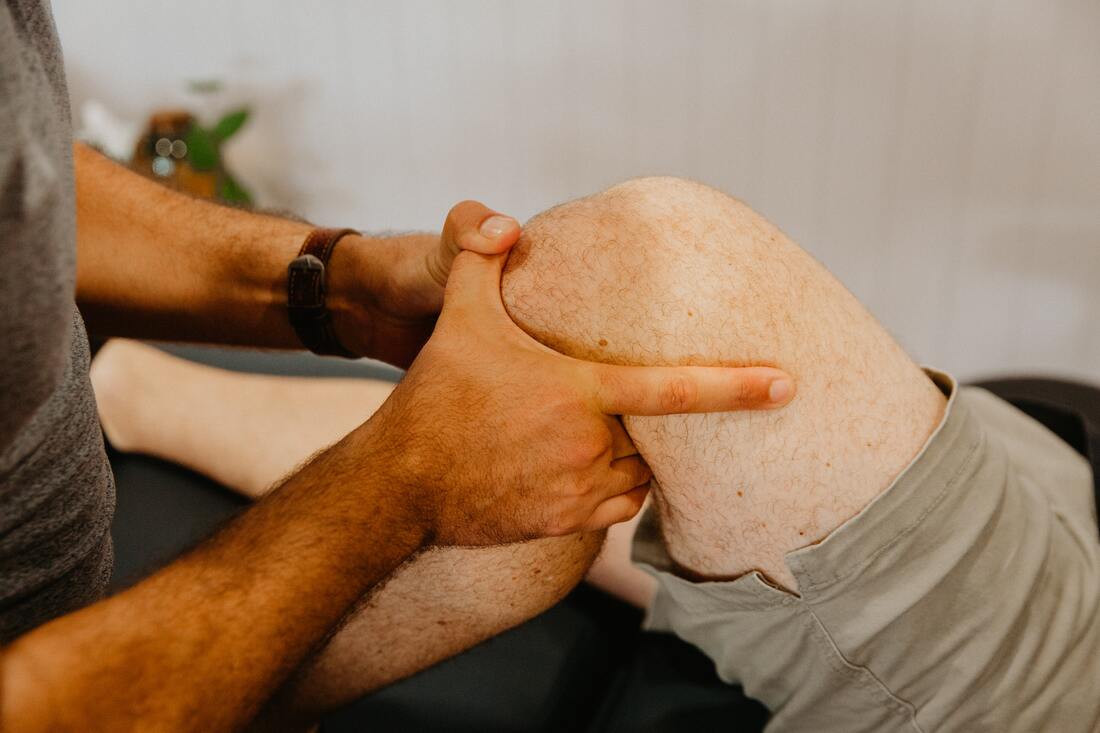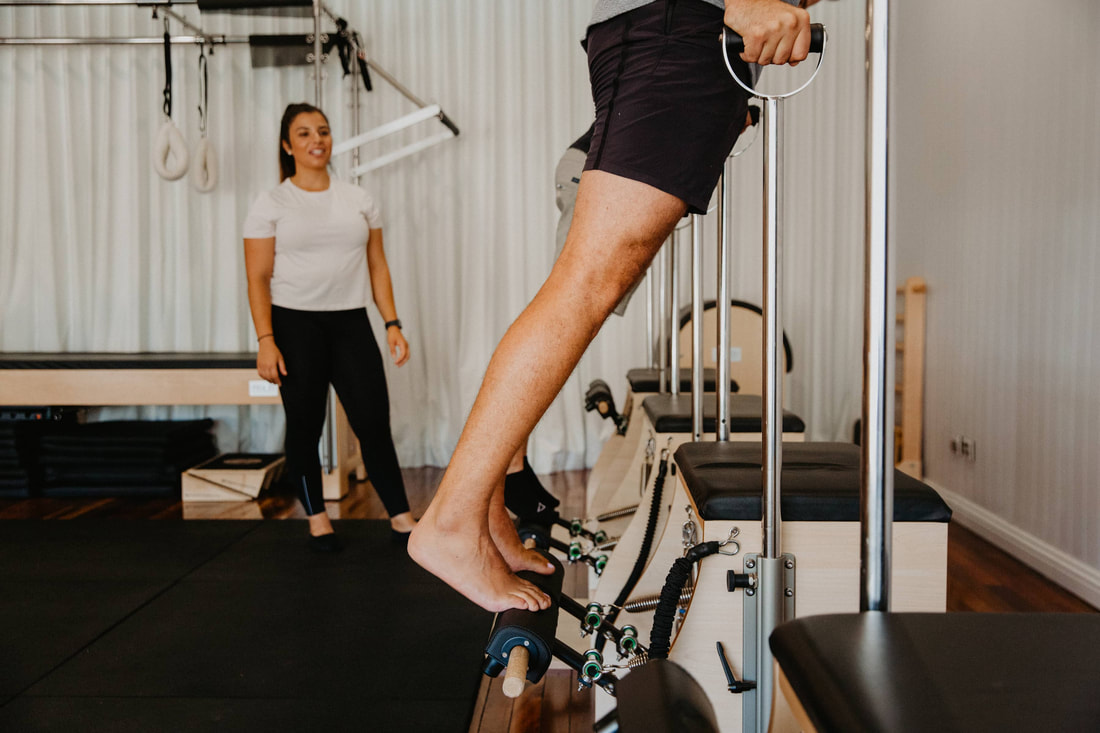Patellofemoral pain physiotherapy Brisbane southside.
What is patellofemoral pain syndrome?
Patellofemoral pain syndrome, also known as "runner's knee," is a common condition that affects the knee joint. It is characterised by pain around the patella (knee cap) and in the front of the knee.
The patellofemoral joint is where the patella sits in the groove of the femur (thigh bone). When this joint is not functioning properly, it can lead to pain and discomfort. Patellofemoral pain syndrome is often caused by overuse or improper alignment of the knee joint. It is commonly seen in athletes, particularly runners, but can also occur in people who are sedentary or have weak thigh muscles.
Symptoms of patellofemoral pain syndrome include pain when bending the knee, pain when climbing stairs or hills, and a feeling of the knee "giving way." The pain may be worse after long periods of sitting or standing.
How is patellofemoral pain syndrome diagnosed?
How does physiotherapy help patellofemoral pain syndrome?
Treatment for patellofemoral pain syndrome typically involves a combination of physiotherapy exercises to strengthen the thigh muscles, as well as modalities such as ice and heat therapy to reduce inflammation. It is important to identify and address any contributing factors, such as improper footwear or overtraining.
If you are experiencing knee pain, it is important to consult with a physiotherapist for a proper diagnosis and treatment plan. With the right approach, patellofemoral pain syndrome can be effectively managed and you can get back to your normal activities.
What is the latest research on patellofemoral pain syndrome?
There is ongoing research on patellofemoral pain syndrome and various treatment approaches. Some recent studies have looked at the effectiveness of different physiotherapy interventions, such as strengthening exercises and taping techniques, in reducing pain and improving function in individuals with patellofemoral pain syndrome.
Other research has focused on the role of factors such as muscle strength and alignment in the development and management of patellofemoral pain syndrome. For example, studies have found that individuals with patellofemoral pain syndrome may have weaker quadriceps muscles compared to those without the condition, and that correcting alignment abnormalities can help alleviate pain and improve function.
There is also interest in the use of new technologies, such as wearable devices, to assist in the management of patellofemoral pain syndrome. Some studies have explored the use of these devices to provide feedback on technique and track progress during rehabilitation.
Overall, the research suggests that a combination of physiotherapy interventions, including exercises to strengthen the thigh muscles and improve alignment, can be effective in managing patellofemoral pain syndrome.
If you a looking for a physiotherapist who treats patellofemoral pain syndrome in Brisbane we would love to help you! Our Tarragindi physiotherapy team are able to find a treatment plan to help get you moving again.
Call our friendly clinic a call on 07 3706 3407, email [email protected] or make your initial appointment booking via the link below.
Patellofemoral pain syndrome, also known as "runner's knee," is a common condition that affects the knee joint. It is characterised by pain around the patella (knee cap) and in the front of the knee.
The patellofemoral joint is where the patella sits in the groove of the femur (thigh bone). When this joint is not functioning properly, it can lead to pain and discomfort. Patellofemoral pain syndrome is often caused by overuse or improper alignment of the knee joint. It is commonly seen in athletes, particularly runners, but can also occur in people who are sedentary or have weak thigh muscles.
Symptoms of patellofemoral pain syndrome include pain when bending the knee, pain when climbing stairs or hills, and a feeling of the knee "giving way." The pain may be worse after long periods of sitting or standing.
How is patellofemoral pain syndrome diagnosed?
How does physiotherapy help patellofemoral pain syndrome?
Treatment for patellofemoral pain syndrome typically involves a combination of physiotherapy exercises to strengthen the thigh muscles, as well as modalities such as ice and heat therapy to reduce inflammation. It is important to identify and address any contributing factors, such as improper footwear or overtraining.
If you are experiencing knee pain, it is important to consult with a physiotherapist for a proper diagnosis and treatment plan. With the right approach, patellofemoral pain syndrome can be effectively managed and you can get back to your normal activities.
What is the latest research on patellofemoral pain syndrome?
There is ongoing research on patellofemoral pain syndrome and various treatment approaches. Some recent studies have looked at the effectiveness of different physiotherapy interventions, such as strengthening exercises and taping techniques, in reducing pain and improving function in individuals with patellofemoral pain syndrome.
Other research has focused on the role of factors such as muscle strength and alignment in the development and management of patellofemoral pain syndrome. For example, studies have found that individuals with patellofemoral pain syndrome may have weaker quadriceps muscles compared to those without the condition, and that correcting alignment abnormalities can help alleviate pain and improve function.
There is also interest in the use of new technologies, such as wearable devices, to assist in the management of patellofemoral pain syndrome. Some studies have explored the use of these devices to provide feedback on technique and track progress during rehabilitation.
Overall, the research suggests that a combination of physiotherapy interventions, including exercises to strengthen the thigh muscles and improve alignment, can be effective in managing patellofemoral pain syndrome.
If you a looking for a physiotherapist who treats patellofemoral pain syndrome in Brisbane we would love to help you! Our Tarragindi physiotherapy team are able to find a treatment plan to help get you moving again.
Call our friendly clinic a call on 07 3706 3407, email [email protected] or make your initial appointment booking via the link below.
Who to book in with:
Emma Cameron
|
Monica Hanna
|
Mauricio Bara
|
